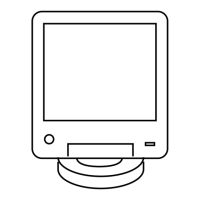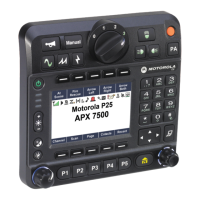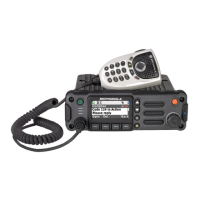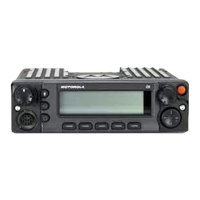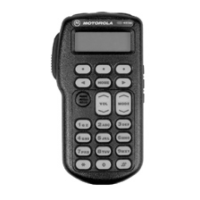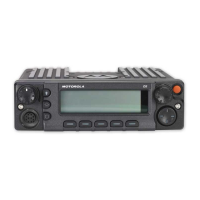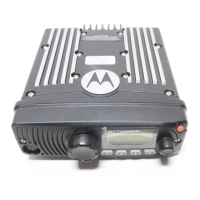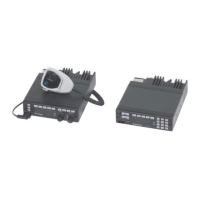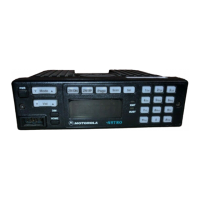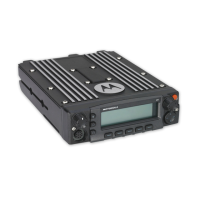• A Centralized or Distributed Conventional Architecture, or
•
An ASTRO
®
3.1 Conventional System.
Each conventional base radio uses either:
• A 2- or 4-wire TRC or 4-wire E&M interface in an analog infrastructure
• A V.24 interface for digital voice and data traffic to either a Channel Bank, Digital Interface Unit,
Conventional Channel Gateway (CCGW), MLC 8000, or link converter, ASTRO-TAC 3000
Comparator, and an optional 4-wire link for analog voice in a mixed mode configuration
• An IP interface for digital voice and data traffic to a CCGW or GCM 8000 Comparator.
NOTICE: For information about conventional functions and topologies the
base radio supports,
see the Conventional Operations manual. The device can be IP managed while using the 4-
wire/V.24 interface for channel traffic.
NOTICE: A
base radio can be implemented as a QUANTAR
®
replacement within an ASTRO
®
3.1 conventional system. The implementation details can be found in the Conventional
QUANTAR Replacement Guide manual.
1.8.1
ASTRO 25 Conventional Base Radio
ASTRO
®
25 Conventional base radio features include:
• Separate Tx and Rx network access code
• Console or repeat priority
• Repeater set-up knockdown from the console
• Voice and data
• Control Messages (TSBK)
• Standalone repeater
• Control station
• Receive-only station
• Voting
• Multicast
• Simulcast
• Console Control
- Monitor Mode
- Repeat Control
- Frequency Select
• WildCard Operation
• Multi-Channel – up to 16 channels with base station or repeater functionality
• Multiple Network Access Code (Multi-NAC) Operation
• Scan Operation
• Analog Phone Patch
• 4-wire and V.24 connections to a DIU or an ASTRO-TAC 3000 Comparator using the same V.24
connector pin-outs as a QUANTAR
®
station
An ASTRO
®
25 Conventional base radio can be used in the following architectures:
MN003286A01-E
Chapter 1: GTR 8000 Base Radio Description
36

